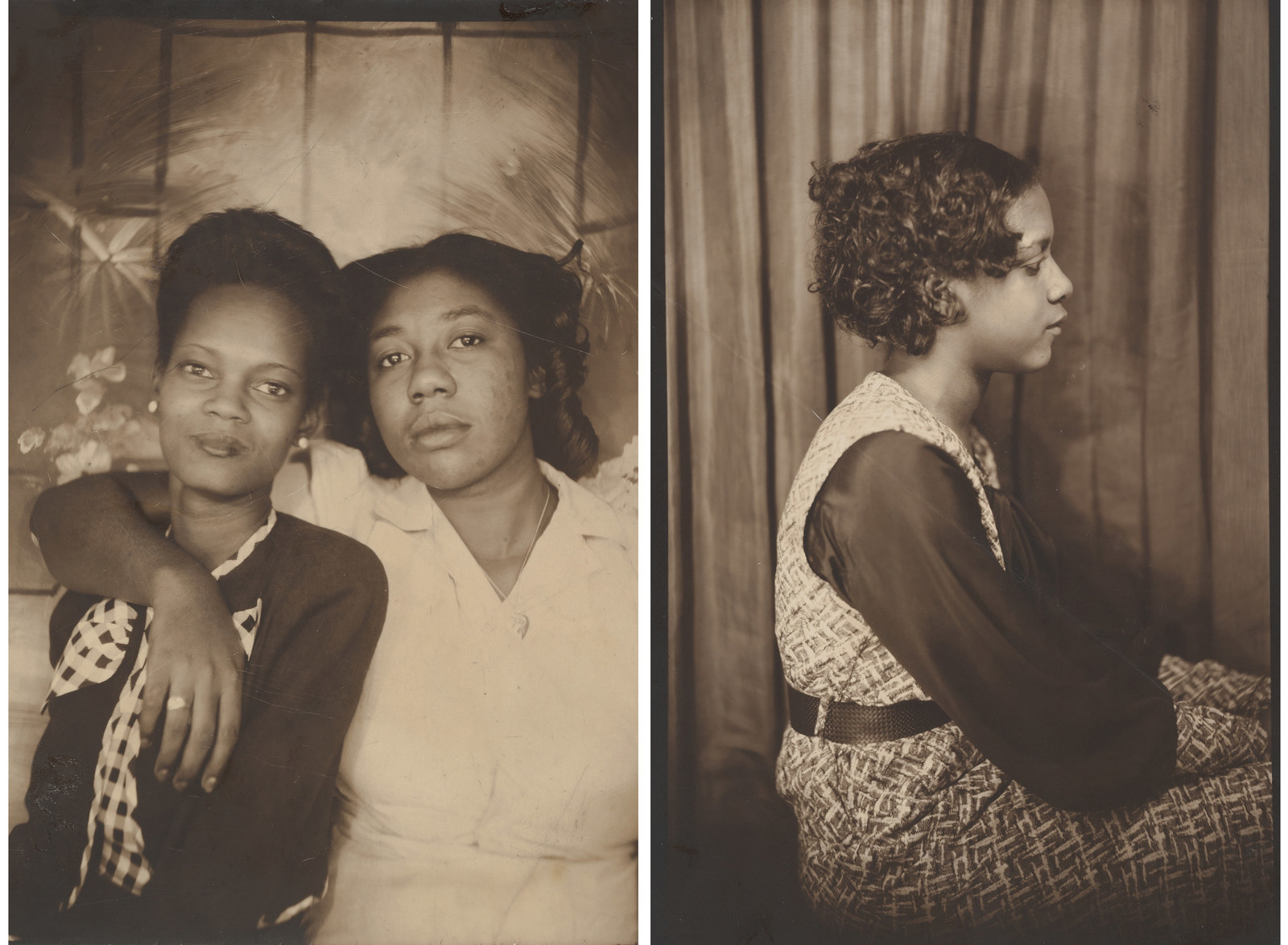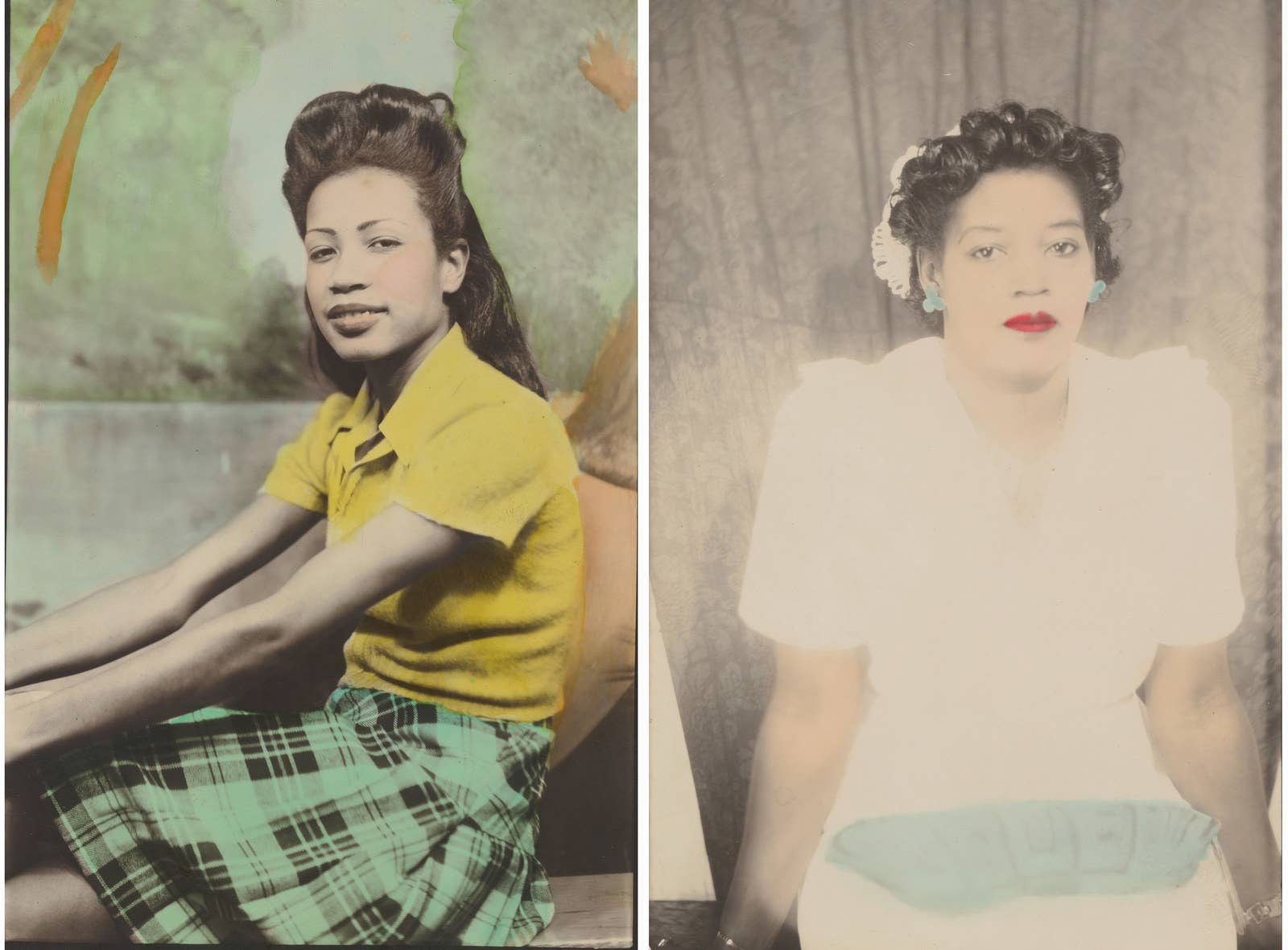
At the entrance of African American Portraits: Photographs From the 1940s and 1950s at the Metropolitan Museum of Art in New York City, a wall of text greets visitors with a sincere plea: Can You Help Us?
Of the over 150 studio portraits on view, many of the subjects are unidentified and shown entirely without context. Celebrations of weddings and graduations are shown alongside portraits of friends, families, and lovers — revealing the vibrant presence of black America during a time noted for its blatant racism and Jim Crow laws. The museum invites visitors to share with it any information that can lead to the identification of the people in these pictures.
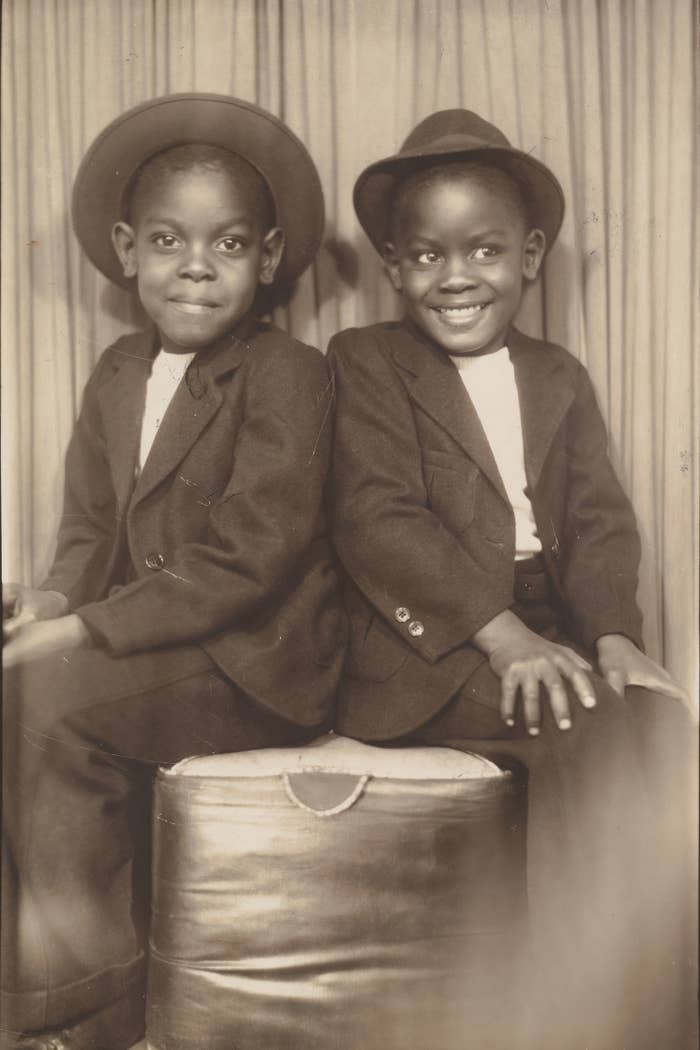
The Metropolitan Museum of Art acquired the photographs between 2015 and 2017 in an effort to boost the representation of people of color in its photography collections. Spearheading this initiative was Jeff L. Rosenheim, curator in charge of the department of photographs at the museum, who spoke to BuzzFeed News about the incredible exhibition.
I’ve worked at the Met for 30 years — since 1988 — and am the curator in charge of the department of photographs. The department organizes at least six exhibitions each year, and it is extremely active building the museum’s permanent collection with notable gifts and purchases. Additionally, we preserve, research, and provide long-term care of the complete personal archives of Walker Evans and Diane Arbus, including all of their negatives and transparencies, papers, and collections.
African American Portraits features more than 150 studio portraits of African Americans from the mid-20th century. The presentation is inspired by an 1861 lecture by Frederick Douglass, believed to be the most photographed American in the 19th century. The abolitionist orator and former enslaved person argued in 1861 and for years thereafter that African Americans needed to pose for the camera and make "ourselves objective to ourselves" because without positive self-representation there would be no freedom.

Since the birth of photography in 1839, photographers have designed and built photography studios to meet the public’s demand for likenesses. In the US during the Great Depression, business was hard for studio photographers, as there was little for most Americans to celebrate. But immediately after the Japanese attack on Pearl Harbor and the official entrance of the US in World War II, however, the demand for photographic portraits increased all across the country. Despite gas rationing and blackouts, there was more spending money in circulation in the US than for more than a decade.
Defense industries worked at capacity, employing large numbers of people who had never previously worked outside the home or farm, including hundreds of thousands of African American men and women. Motivated photographers soon recognized the business opportunity in selling high-quality portraits like those on view to family members soon to be separated by the war effort.
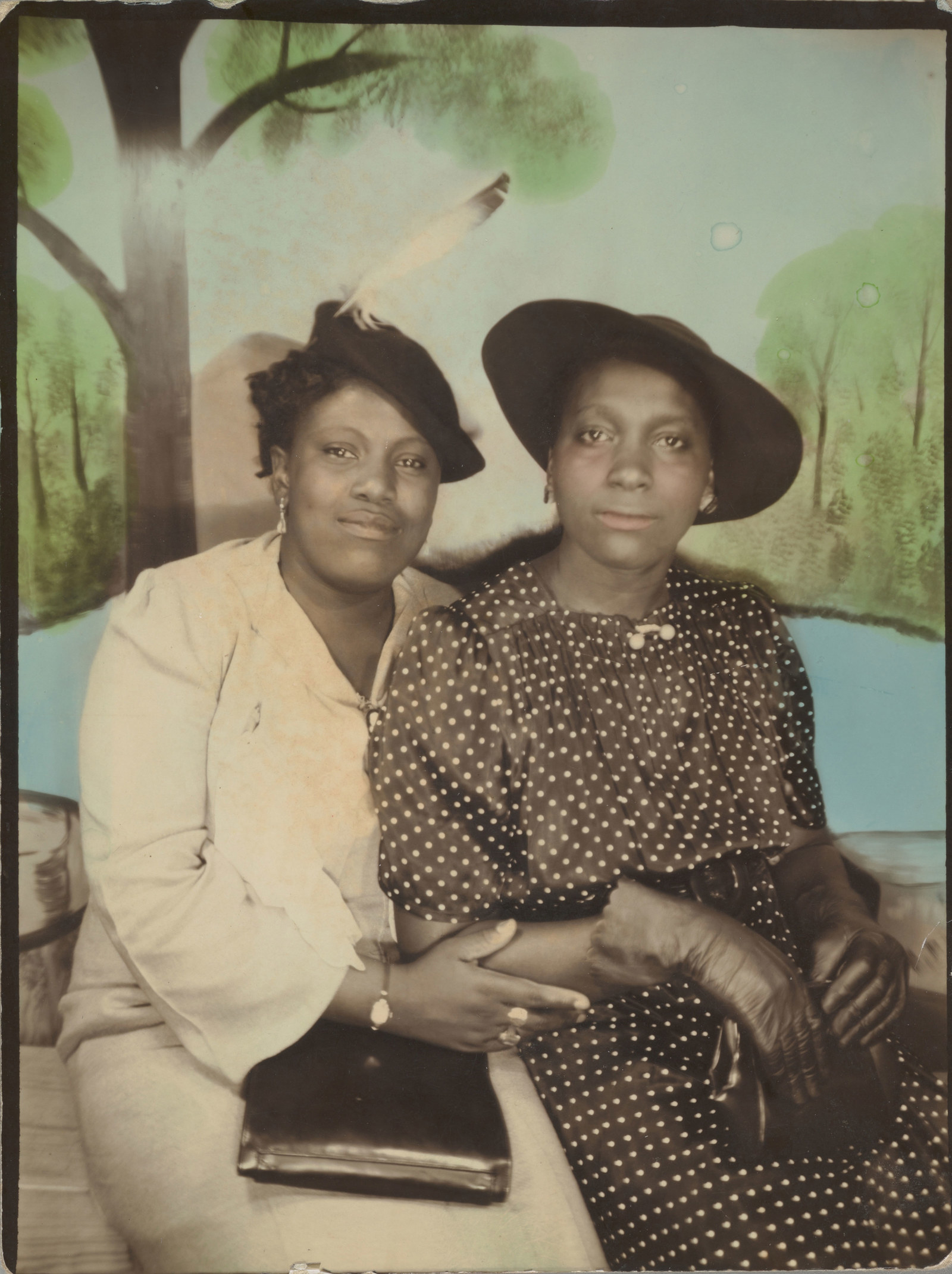
The intimate studio portraits in the exhibition were made at a time of war, middle-class growth, and seismic cultural change for the entire nation, but especially for African Americans in the segregated American South where most of the photographs seem to have been made.
About 1 million African American soldiers, sailors, and Air Force members fought in segregated units in World War II — a fact that most Americans may not be aware [of]. The US military did not integrate until 1948. As the American war historian Stephen Ambrose writes: "The world’s greatest democracy fought the world’s greatest racist with a segregated army."
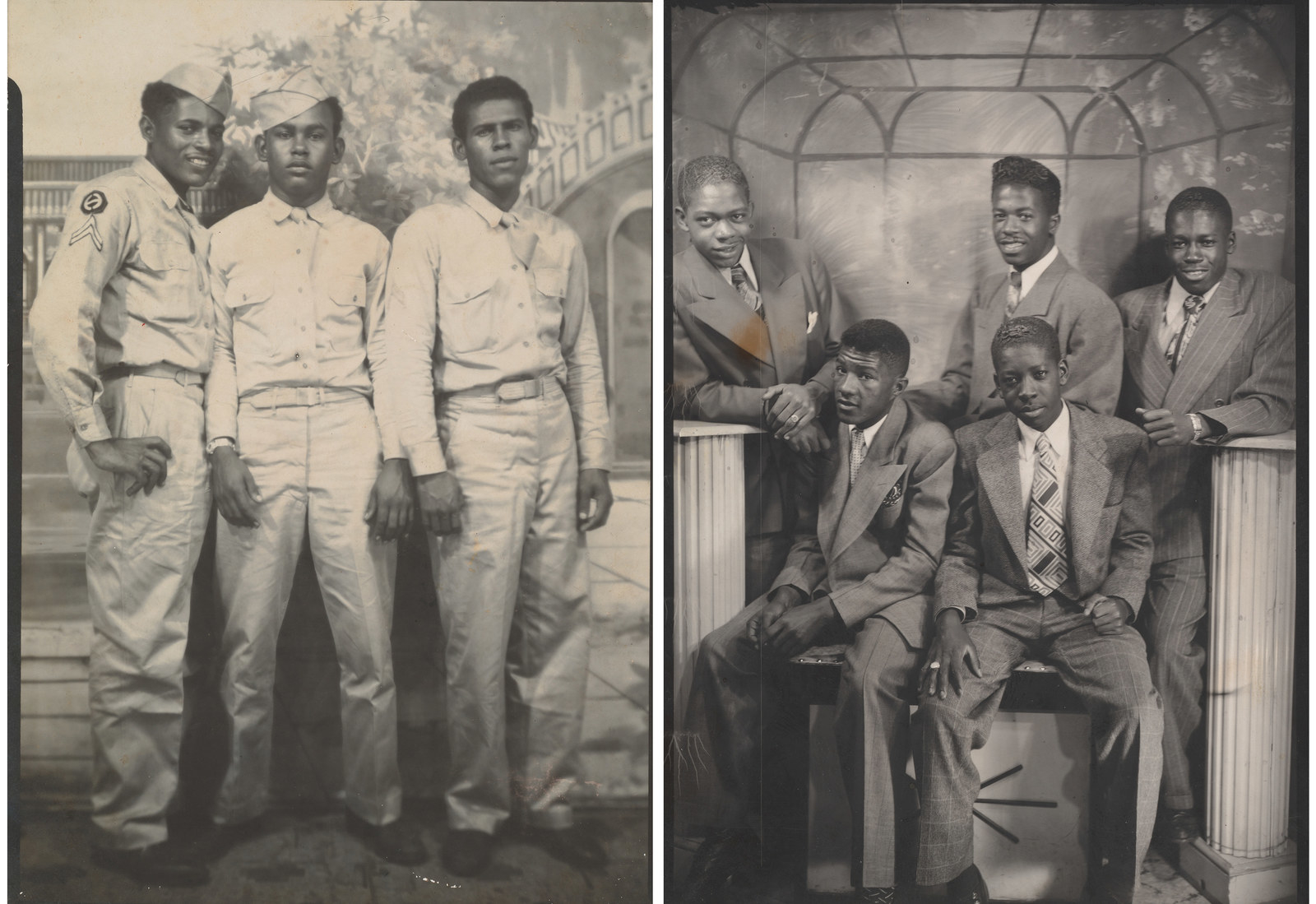
The moment I first saw these portraits, I knew that they would make an important addition to our permanent collection. Then I began to try to visualize how the Met might effectively feature a judicious number of these small, intimate likenesses in an innovative way in one of our galleries.
Even a gallery full of very small portraits — approximately the size of most mobile phones — can have dramatic visual power and lasting resonance. Soldiers and sailors model their uniforms, graduates wear their caps and gowns, lovers embrace, and new parents cradle their infants. The poignancy of these intimate photographs seems to lie in the essential respect the camera offers its subjects, who sit for their portraits as an act of self-expression.
While the Met collection includes important portraits from the beginnings of photography in the mid-19th century to the present, the museum has until recently acquired few likenesses of African Americans. The exhibition features acquisitions from 2015 and 2017 that are part of an initiative, long overdue, to add such works to the permanent collection.
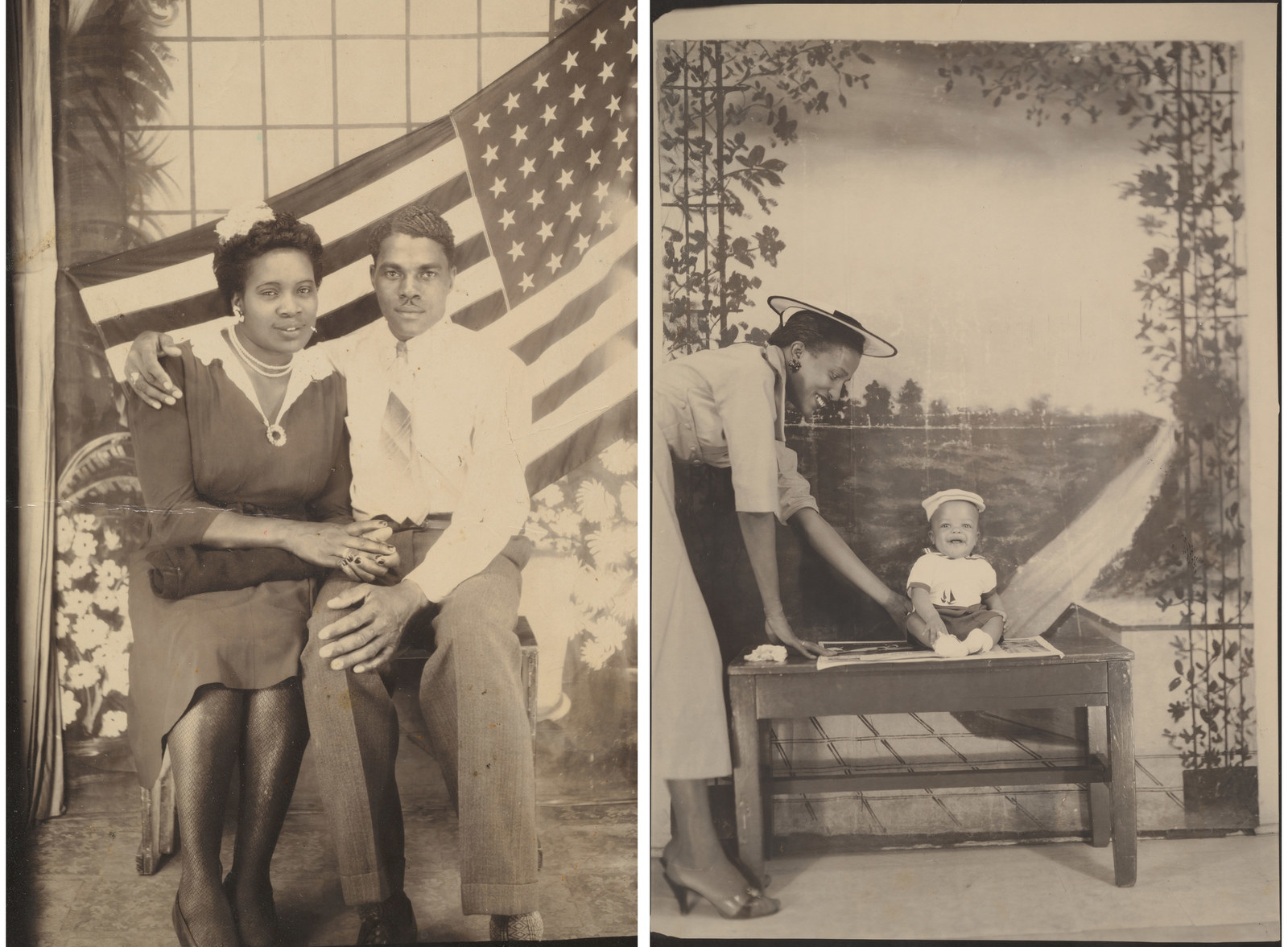
The challenge for all museum curators is to think about how each work of art can be best experienced by visitors. This means collaborating with our excellent exhibition designers to create a dynamic installation for our shows that will promote the institution’s general curatorial program and simultaneously encourage close looking by the public at individual works of art.
For African American Portraits, we designed wonderful new floor cases so that both the front and back of the photographs are visible. The effect is dramatic and visually exciting.
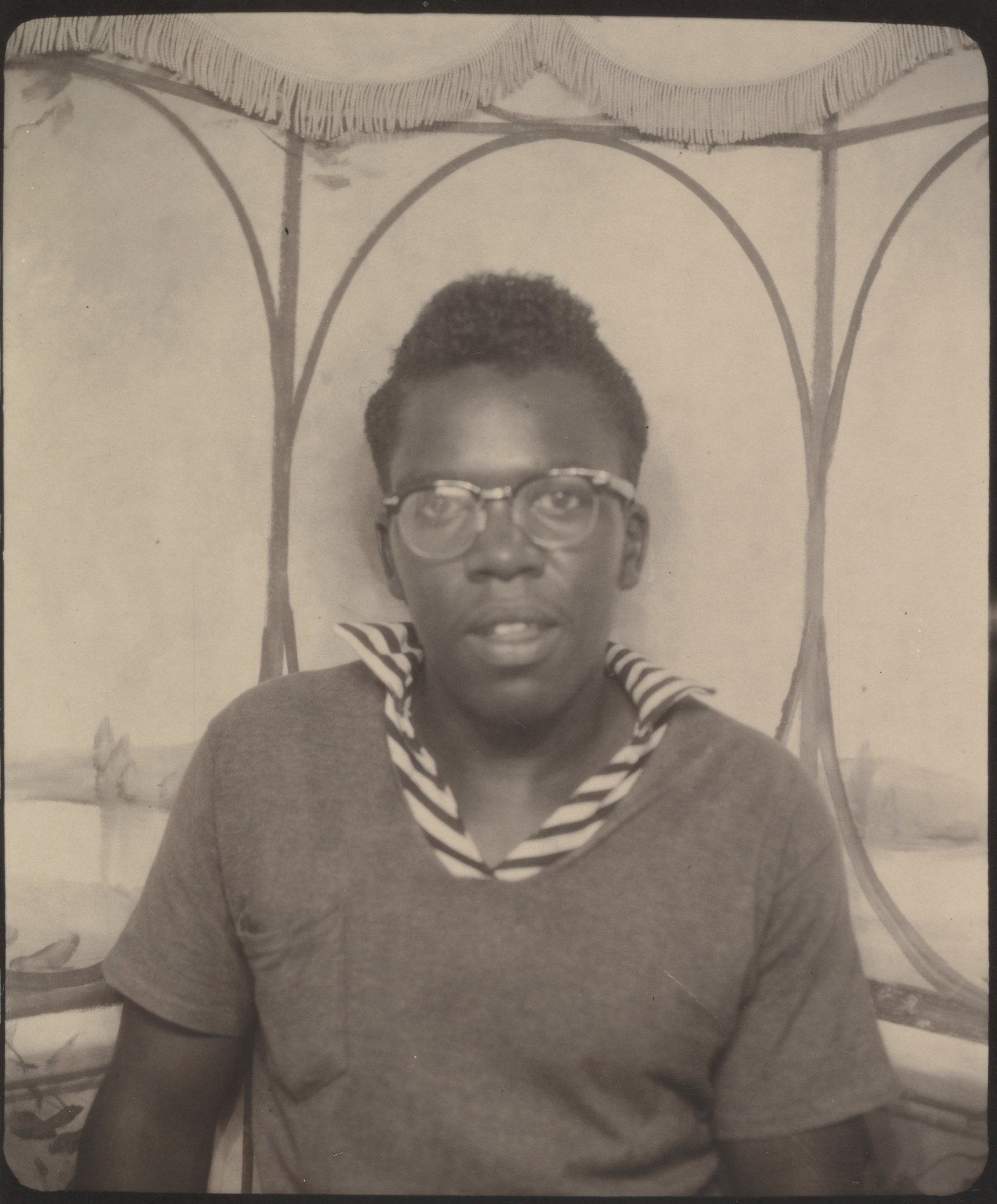
Ten of the portraits in the exhibition are from the Daisy Studio in Memphis, Tennessee. They date from 1942 to 1945 and are a notable exception in the show, as the Daisy Studio included its name on a carefully painted sign placed at the feet of the subjects. The Daisy Studio was a popular portrait studio during World War II for the African American community in Memphis. Located at 315 Beale Street, the business was in the heart of the city’s theater and music district and down the street from both the 600-seat stage and screen, Daisy Theatre, and the smaller New Daisy Theatre.
One endearing portrait of an unidentified army enlistee in 1944 depicts a young woman in a famous and decorated segregated division of the US Army. The 93rd US Colored Infantry Division (known as the Blue Helmets) first fought in France during World War I and later saw active duty in World War II from 1944 to 1946.
The department of photographs cannot keep the treasures of our collection on permanent view, as light is quite dangerous to photographs. Because of this, every exhibition feels personal and very special, as it’s a chance to show works that are seldom seen. What makes this exhibition particularly special is its timelessness, and I would hope that our visitors would discover what Frederick Douglass suggested was true some 150 years ago: the beauty and power of the photographic portrait for cultural self-reflection and personal self-empowerment.
